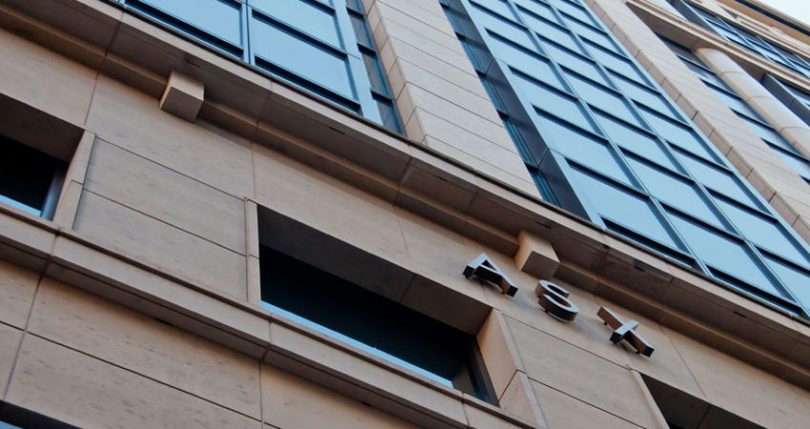Today, the Australian Securities Exchange’s (ASX) regulators outlined their expectations for the DLT-based CHESS replacement system. They emphasized the importance of replacing the system “as soon as can be safely achieved”. That’s despite pressure for the ASX to delay launch beyond the recently pushed back target of April 2022.
The Reserve Bank of Australia (RBA) and the Australian Securities & Investments Commission (ASIC) noted that the spike in trading volumes in March had caused processing delays. Hence their eagerness for the replacement system. “Replacing the system with more modern technology is critical to ASX’s ongoing management of systemic risk,” said RBA Assistant Governor Michele Bullock.
Partly as a result of COVID-19, the ASX already delayed the launch by a year to April 2022. And some are pressuring for even more time. That includes stock transfer company Computershare which has also made antitrust complaints.
“Some, including an important back-office systems provider for a substantial part of the market, expressed preference for an extra six to nine months, which we are including in our deliberations,” said CEO Dominic Stevens during yesterday’s annual general meeting.
On top of that, there is feature creep in the go-live specifications, and the March volumes have meant greater capacity is needed at launch. Because of COVID-19 and problems with manual processes, there have been requests for some Day Two functionality to be brought forward to Day One. “Especially regarding corporate action straight-through processing, which will increase go-live’s project scope,” said Stevens. That’s the sort of functionality that might upset Computershare even more.
Stevens also spoke of the need to increase the scale of the system. “When we began the project we were looking at a go-live volume target of five times the record CHESS day,” said Stevens. “With the volume explosion we saw in March, we’re now looking at plans to ultimately double or triple that original volume target, which will increase go-live system capacity.”
To clarify, although the ASX uses DLT, it’s not just a permissioned blockchain, it’s centralized because the ASX is a central counterparty. Hence there is no need for multiple nodes to come to a consensus on transactions. Other DLT nodes are all copies of the ASX master. U.S. startup Digital Asset has partnered with the ASX since 2016 and its DAML smart contract language will also be used for other applications that sit on top of the DLT, with the likes of BNP Paribas working on those. The core ASX ledger will be the VMware Blockchain.
The ASX CEO said the feature creep and the additional capacity would impact the launch date and a final plan will be released in the second half of October.
Antitrust issues
Today the regulators also touched on potential competition issues. “The Regulatory Expectations seek to ensure that ASX remains responsive to users’ evolving needs and provides access to its monopoly cash equity CS services on a transparent and non-discriminatory basis with terms and conditions, including pricing, that are fair and reasonable.”
But Computershare is not giving up. Last year it launched what is perhaps one of the first antitrust complaints relating to blockchain. Three months ago, the Financial Times (FT) stated that: “Several ASX clients expressed concerns to the FT that the exchange could use the tech overhaul to extend its dominance in clearing and settlement into other markets, including share registry services.”
The ASX engaged participants to arrive at a new launch date and said that 91% of those that responded could meet the April 2022 target. Computershare disputes that as well. According to the Australian Financial Review, it went so far as to create its own survey of 31 organizations. From that, it says that 61% want more information on the cost benefit analysis of the new system.
The regulators are taking a middle road by saying they’re watching the whole process’ governance, but also stipulating that the new system is urgently needed. Hence the ASX today welcomed the regulators’ affirmation of their expectations.






